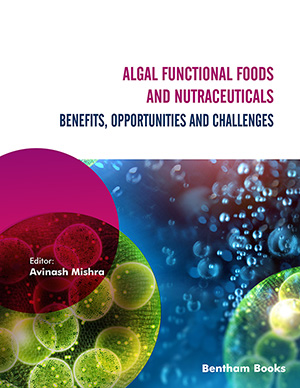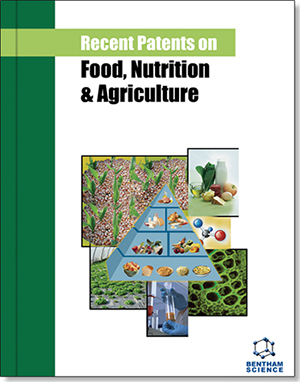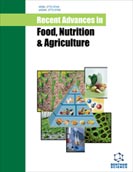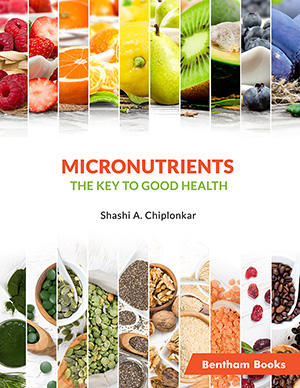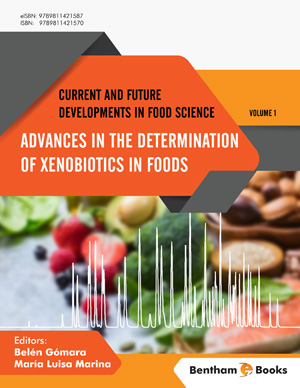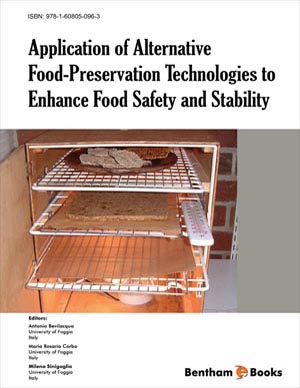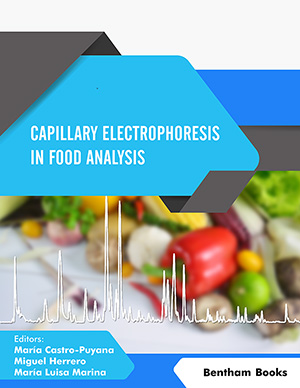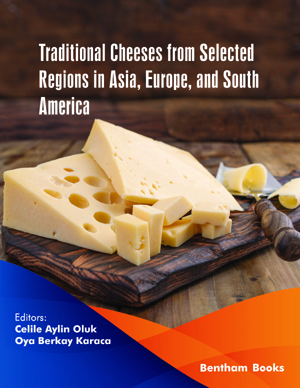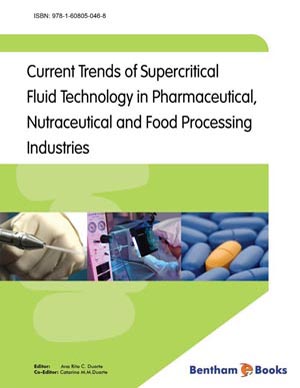Abstract
Algae are ancient oxygen-producing photosynthetic organism that lives in water bodies all over the world. The algal biodiversity in the aquatic ecosystem represents a new field of product discovery with the potential to manage human ailments. They are untapped resources, and in recent years, algal culture technology has been a business-oriented field owing to its diverse applications. The consumption of algae is traditional in human diets and dates back thousand years ago. The recent increasing algal demand is due to its safety and functional benefits. Algae are an edible source of food with potential therapeutic activities of anti-oxidant, antiobesity, antidiabetic, anti-inflammatory, anti-cancer, anti-viral, antifungal, and antibacterial properties, which could be employed as medical ailments. Different types of algalderived bioactive compounds in a biological system are evidenced by in vitro and in vivo examinations. Raw algae or its compound are under a pipeline of market production due to their cultivable nature, which actually paves the way to generate larger business in the food and nutraceutical industry. This chapter summarizes several algal bioactive compounds with proven activities against metabolic disorders.
Keywords: Bioactive Compounds, Human Health, Macroalgae, Microalgae, Nutraceutical.

